How The Crucifix Shows Christ’s Salvation in Dark Fantastical Stories
Recently I finished reading Bram Stoker’s Dracula for the first time. I was surprised by the novel’s intensity, but I enjoyed the hearty, impassioned characters who slog to victory over the monster. Dr. Van Helsing shows his allies how to use crucifixes to ward off vampires and lines the doorways of tombs with the Host1 to keep the undead from rising from their graves and feeding on children.2 Unholy creatures are apprehended and repelled by a holy symbol.
Many stories about metaphysical darkness and fantastical evil feature Christian symbols that have entered the popular visual vocabulary. For example, the hit TV series Supernatural’s fictional version of Lucifer is burned by crosses and Bibles. In this year’s Dracula-sourced horror film, Last Voyage of the Demeter, a ship captain tries to use a rosary to ward off the vampire, but to no effect.
Movies and other modern visual arts employ such symbolism, often in ways that make Christian viewers uncomfortable. How come? Because when a story’s hero (or the world itself) does not reflect a Christian worldview, a rosary or Bible in the hands of an anxious hero feels like blasphemy. Similarly, otherwise nonreligious characters spouting Scripture to fight dark creatures seems a little convenient. It feels like story creators treat the words and symbols of Christianity as a buffet from which to choose when it suits their narrative. Those who believe in sacred Christian symbols may recoil at such contrivances—like the vampire administering a tainted Eucharist in Netflix’s gothic horror series Midnight Mass (2021).
Sometimes righteous indignation feels like the only appropriate response to this habit of horror. Christian believers have delivered volumes of newspaper columns and social media posts condemning everything from Jesus Christ: Superstar and one infamous photograph to Constantine and many things Disney.
But might our indignation betray unearned sentimentality about the symbols of our faith—a sentimentality that hides uncertainty about those symbols’ true meaning?
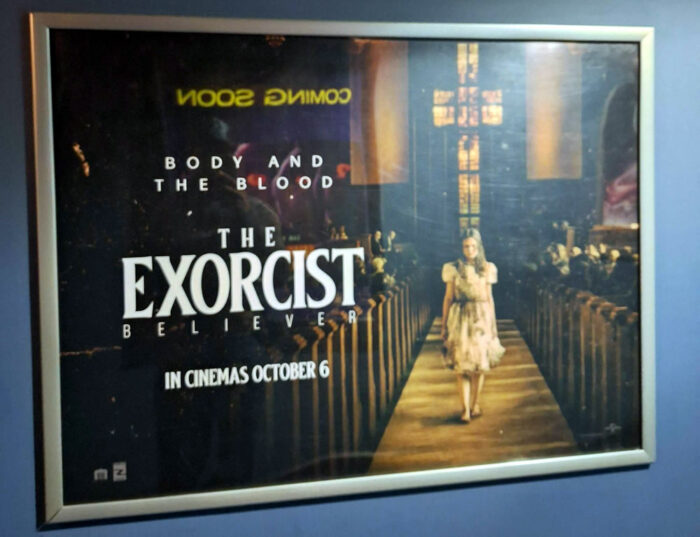
A poster slogan for The Exorcist: Believer (2023) referred to Christ’s historic promise about himself.
The symbolic power of the cross can’t be corrupted
In the Netflix movie Vampires vs. the Bronx, kids brandish crosses to keep bloodsuckers at bay. This simple motif—that the cross repels evil—is vast and profound because it represents the distinct and enduring triumph of Christ over death, hell, and darkness. In one glimpse, the cross (with or without the agonized Christ) communicates this truth.
It’s hard to capture everything the cross symbolizes in words, but the symbol is regularly used without the need for definition, because the symbol itself isn’t the point. New presentations of the symbol, especially in an unfamiliar context, force us to ask whether we accept what the symbol stands for.
Symbols are the “subtle bodies”3 of our “social imaginaries.”4 Symbols convey meaning, power, and truth greater than that which explicit knowledge can provide. In Batman Begins (2005), as Bruce Wayne embarks on his path of justice, he captures the nature of a symbol with these words:
As a man, I’m flesh and blood. I can be ignored. I can be destroyed. But as a symbol, I can be incorruptible.
The cross as symbol is incorruptible. It can be used, transposed, and inverted, but never corroded. Like Jesus himself, the Cross is chimerical.5 It transgresses our norms and is transgressed against. Its nature does not change when thrown into the whirlwind of horror, urban fantasy, or magic stories. The symbol’s history is too strong for that. It carries meaning that cannot be overshadowed.
The cross has ‘cult value’ in horror and supernatural fantasy
Any symbol, like the cross, works in one of two ways.
First, a symbol can precisely represent a system or collection of ideas. For example, when we see a swastika, we immediately think of Nazi Germany and the Third Reich. We know what they stood for. This is what philosopher and critic Walter Benjamin called a symbol’s “exhibition value.”
Second, a symbol can defy precise representation. For example, the Confederate flag represents Southern heritage to some and the history of slavery to others. When we see this flag displayed, we must interpret it based on context. Benjamin referred to this concept with the term “cult value.”6
As a symbol, the crucifix has both exhibition value and cult value. It bears specific meaning within a certain context, but also appears in settings where it seems out of place or provocative and must be interpreted. So how should we understand the appearances of the cross in the 2005 Constantine movie or the Eucharist in Midnight Mass? If we feel offended, are we being sentimental? Or might we feel ambivalent about what the cross means and how far the arms of grace actually extend?
As one writer says, we are “perpetually scandalized by any proximity of the holy with the profane, unable or unwilling to see that Christianity is all about this kind of proximity—about the monstrosity of a redemption that plays out not in the terrain of the elevated, but the lowly, the bodily, the sexual, the grotesque”7—and, I would add, the dark, fantastical, and metaphysically suspect.
In horror, the crucifix draws us to ‘a different incantation’
Jesus did not recoil from uncomfortable imagery, even that which feels grotesque, dark, and delusional. “Whoever eats my flesh and drinks my blood has eternal life,” he said. “My flesh is real food and my blood is real drink.”8
We may be tempted to quarantine Jesus from imagery that offends our sensibilities, preferring neat boxes and hard lines. It’s easy to accept on principle that those who live in the valley of death have seen a great light. It’s harder to accept that the source of that light descends into and shines from that valley. Dark imagery does not contaminate the cross. As poet Andrew Hudgins wrote, the cross raised within darkness is “the whole irreducible point of the faith.”
When the cross is raised in the shadows of fantastical stories, it demands we answer tough questions. What do we believe the cross stands for? How much do we believe it? Are we convinced that this “deep magic” is stronger than death and that even those who don’t understand it can be touched by and fall prey to its overwhelming nature?
If we look past the grim darkness of popular fantasies and “into the stillness and darkness before time,” we might recall “a different incantation”9—one that tells us of a power greater than the inferior incantations in our media.
As much as the cross comforts us, it also frightens us. It is stronger than my senses can comprehend, and it reminds me that, like Dracula’s Mina Harker, I am tainted by darkness within my heart and within the world around me. Mina, once marked by the monster, shrinks in fear when she glimpses a crucifix. She sees within herself the possibility of succumbing to the darkness that Dracula represents, and even argues that her companions shouldn’t go so far in destroying him lest they destroy all opportunity for him to be redeemed.
Every story featuring a cross or crucifix reminds us that the historical death and resurrection of Christ turned that symbol on its head. His sacrifice reversed imperial death and turned a torture device into the mark of life. Even in darker fantastical stories, the presence of the cross is a sub-incarnation. It’s a transgressive word made flesh, a concept made concrete and present, a stained-glass prism refracting light.
As G. K. Chesterton said, the cross “breaks out.”
…Though it has at its head a collision and a contradiction, [the cross] can extend its four arms for ever without altering its shape. Because it has a paradox in its center it can grow without changing. … The cross opens its arms to the four winds; it is a signpost for free travelers.10
People attracted to fantastical stories where this symbol of light is lifted in darkness embrace a truth about the world: that evil would overwhelm us, except for a steady, glimmering hope of salvation. These free travelers enter a place where the cross can receive them and reveal its secrets. In shadowy fantastic stories, this symbol invites us to think anew of what we believe, to glimpse resurrective power in fresh ways, and to consider new settings for the old, old story.
- Protestants, that’s what we call “communion wafers”! ↩
- Van Helsing also uses garlic to ward off the undead, which makes less sense to me, but that’s beyond my point here. ↩
- Ancient Christian thinkers used the term subtle bodies for angelic beings who are not fully physical or fully incorporeal, but exist liminally between both realms. This is an over-simplification, but symbols are also subtle bodies—they use a concrete thing (like an actual cross) to communicate something far more complex and nonphysical (like God’s salvific intent for his creation). Learn more about subtle bodies here and here. ↩
- “Social imaginary,” a term used by philosopher Charles Taylor, refers to “the set of values, institutions, laws, and symbols through which people imagine their social whole.” ↩
- Dr. Katie Kresser explains this concept in her timeless Image piece. ↩
- Kresser does a great job explaining “cult value” and “exhibition value” as it pertains to the cross here. ↩
- Rebecca Bratten Weiss, “Shapeshifting Jesus,” Image. ↩
- John 6:53-57, ESV. Midnight Mass can make us uncomfortable by taking this symbolism at face value. ↩
- Aslan says this phrase in The Lion, the Witch, and the Wardrobe, C. S. Lewis (Chapter 15). ↩
- G. K. Chesterton, Orthodoxy, “Chapter 2: The Maniac.” ↩












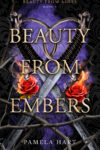
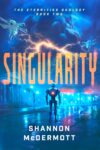
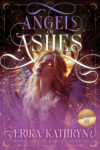

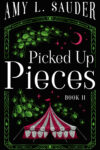



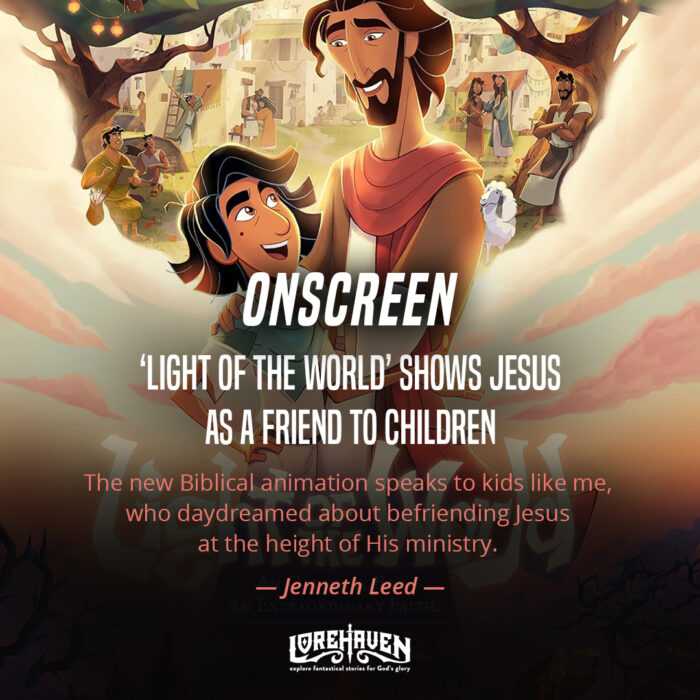
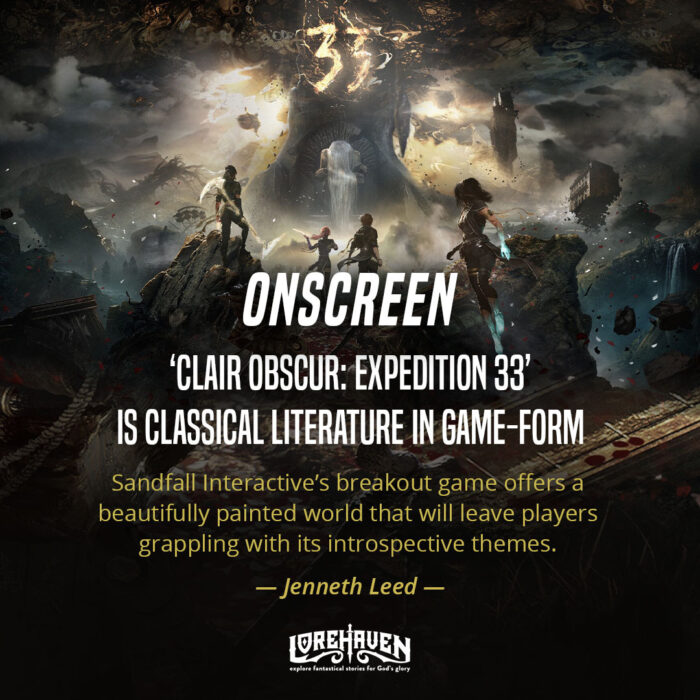

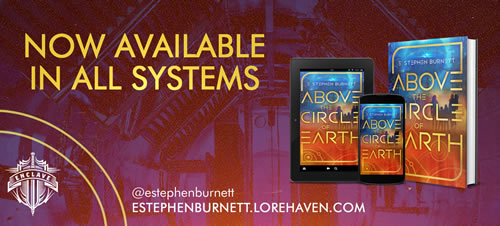





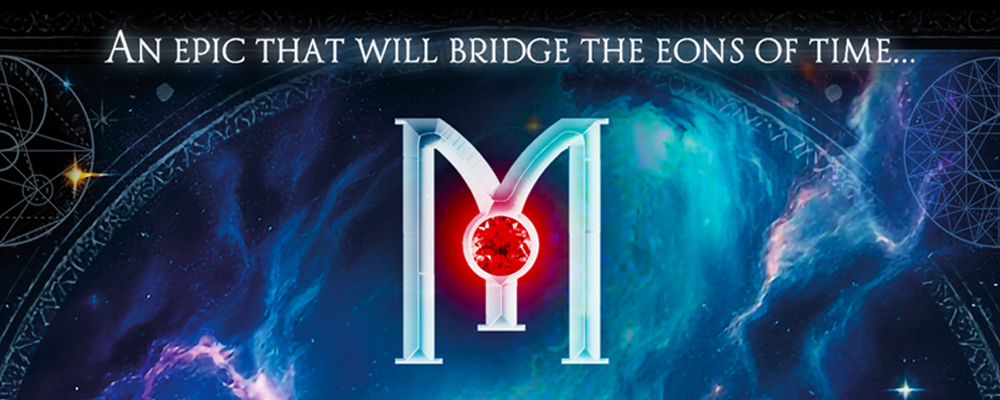

Do you think there is a tendency for catholic rather than orthodox or protestant symbols to be used?
Yes, I think so! I feel it’s largely because there is more consistent and accepted universal symbology and ritual within the Catholic tradition than there is among Protestants which have like a million denominations.